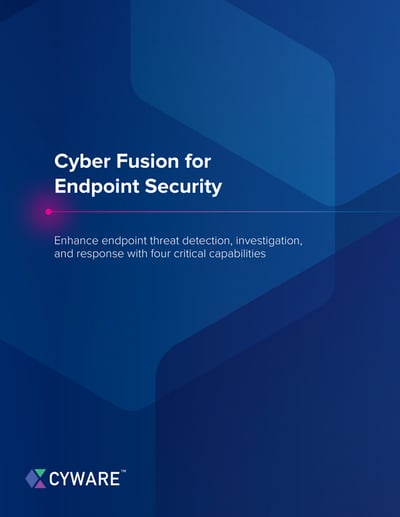White Paper: Cyber Fusion for Endpoint Security
Enhance endpoint threat detection, investigation, and response with four critical capabilities
Network endpoints are a popular infiltration point for attackers, as they are more exposed than an organization’s crown jewels. From laptops, mobile devices, and IoT/OT infrastructure to servers and virtual environments, compromising an endpoint is a much easier proposition for an attacker than trying to gain direct access to a sensitive database or system.
So it shouldn’t come as a surprise that endpoint attacks—and consequently, endpoint security—have become a significant pain point for security teams.
This white paper presents a practitioner-led approach to enhancing endpoint security with a Cyber Fusion strategy that unifies cybersecurity with automation, bridges the gap between SecOps and IT Ops, and compiles IT operations tools into a single solution, allowing disparate functions to operationalize curated data seamlessly with next-gen threat intelligence and SOAR from Cyware.
Our Cyber Fusion Center (CFC) solution combines the full functionality of a Security Orchestration, Automation, and Response (SOAR) and Threat Intelligence Platform (TIP) while expanding three additional essential capabilities: enhanced any-to-any integration and orchestration; threat intelligence sharing and collective response; and situational awareness and threat context.
Download this white paper to learn how Cyber Fusion orchestrates a comprehensive response to endpoint threats while reducing the manual burden on security teams.
Key Takeaways
- Effective endpoint security isn’t fully addressed by current EDR, EPP, and XDR solutions - applying a Cyber Fusion model gives teams a hyper-automated response model that fuses intelligence with endpoint data and easy threat response workflows.
- The top requirements for faster and more effective endpoint security are improved visibility, cross environment integration, greater use of CTI, and configurable automation.
- The top benefits of Cyber Fusion for endpoint security include a reduced MTTI/MTTR, decreased complexity and automation to eliminate the manual burden for security teams with significantly reduced cyber risk.
